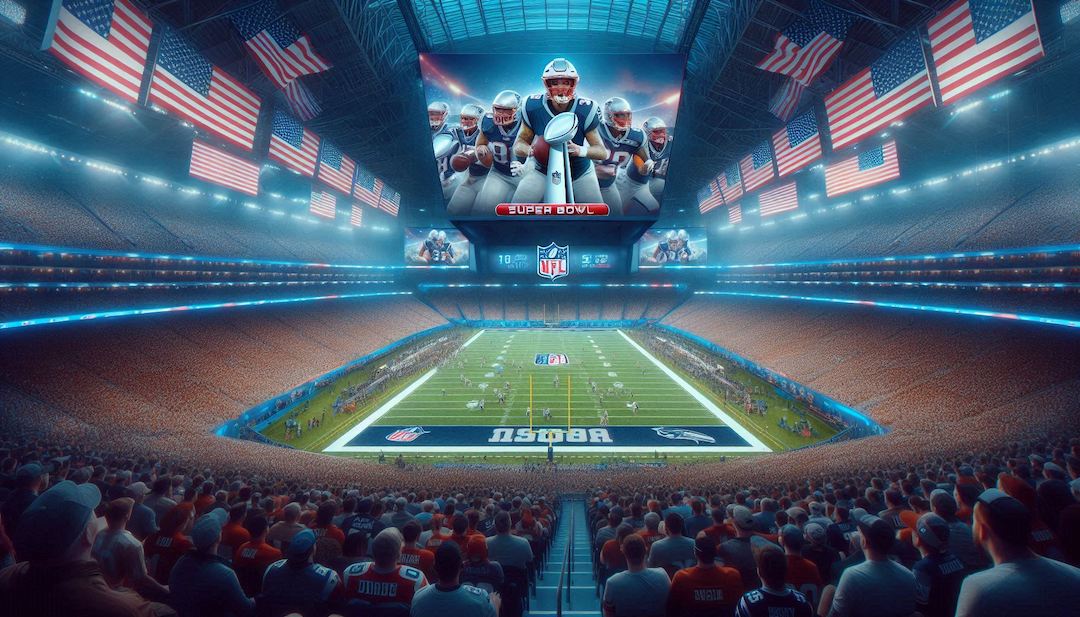
Since its inception in 1967, the Super Bowl has transcended its status as a mere football championship to become a cultural phenomenon, particularly in the realm of advertising. The inaugural Super Bowl featured 30-second commercials priced at approximately $37,500—a modest sum compared to today’s standards. Over the decades, these advertisements have evolved into highly anticipated showcases of creativity, humor, and storytelling, often featuring celebrity endorsements and high production values. This evolution has not only mirrored but also influenced broader advertising trends, solidifying the Super Bowl’s role as a premier platform for brand exposure.
Escalating Costs: A Reflection of Value
The escalating cost of Super Bowl advertisements is a direct reflection of the event’s massive viewership and the unique opportunity it presents for brands to reach a diverse and engaged audience. In 2025, the average price for a 30-second commercial reached a record $8 million, up from $7 million in 2024. This increase underscores the high demand for advertising slots during the game.
Several factors contribute to these soaring prices:
- Unparalleled Viewership: The Super Bowl consistently attracts over 100 million viewers, offering advertisers a vast audience in a single broadcast.
- Cultural Impact: Super Bowl ads often become part of cultural conversations, extending their reach through social media and news coverage.
- Scarcity of Slots: With a limited number of advertising slots available, the competition among brands drives prices upward.
2025’s Advertising Landscape
In 2025, FOX sold several 30-second Super Bowl commercial spots for over $8 million each, surpassing the previous record of $7 million. Notable brands securing these premium slots included Bud Light, Uber Eats, Pepsi, Coors Light, Anheuser-Busch InBev, Squarespace, Coffee Mate, and Stellantis. people.com
The most expensive ad of 2025 was purchased by Hellmann’s, which recreated the iconic scene from “When Harry Met Sally” featuring original stars Meg Ryan and Billy Crystal. elpais.com
Measuring Return on Investment (ROI)
Determining the ROI of Super Bowl advertisements involves analyzing both tangible and intangible metrics:
- Sales Impact: Brands monitor sales data before and after the Super Bowl to assess any immediate uptick attributable to the advertisement.
- Brand Awareness: Surveys and studies gauge increases in brand recognition and favorability following the ad’s airing.
- Digital Engagement: Metrics such as social media mentions, shares, and online searches provide insight into consumer interest and engagement.
- Media Coverage: Earned media, including news articles and discussions, can amplify the ad’s reach beyond its initial airing.
While the financial outlay is substantial, many companies justify the expense through heightened brand visibility and the potential for viral impact, which can lead to sustained consumer engagement and increased market share.
A Decade of Advertising Costs: 2015-2024
Over the past decade, the cost of a 30-second Super Bowl commercial has seen a significant upward trajectory:
- 2015: $4.25 million
- 2016: $4.5 million
- 2017: $5 million
- 2018: $5.2 million
- 2019: $5.3 million
- 2020: $5.6 million
- 2021: $5.5 million
- 2022: $6.5 million
- 2023: $7 million
- 2024: $7 million
These figures highlight the increasing investment brands are willing to make to capitalize on the Super Bowl’s unparalleled reach. statista.com
The Super Bowl’s evolution into an advertising juggernaut reflects broader shifts in media consumption, marketing strategies, and cultural dynamics. While the costs are substantial, the potential rewards in terms of brand exposure, consumer engagement, and cultural impact continue to make Super Bowl advertising a coveted opportunity for companies aiming to leave a lasting impression.
-Nguyễn Bách Khoa-
